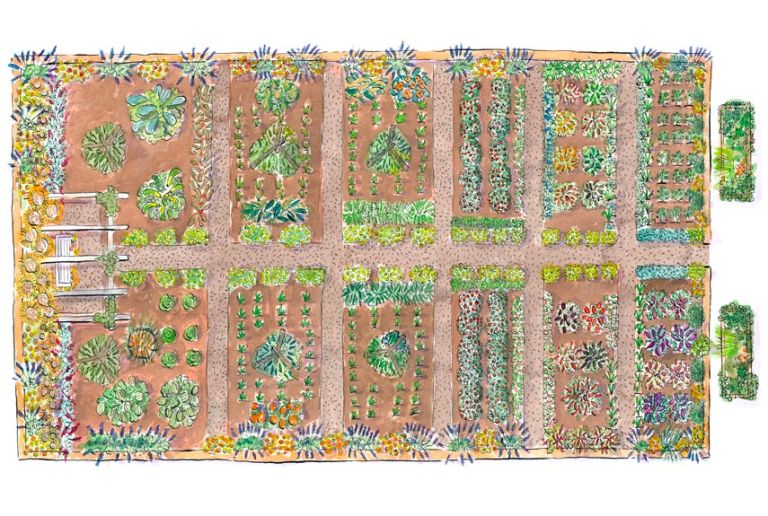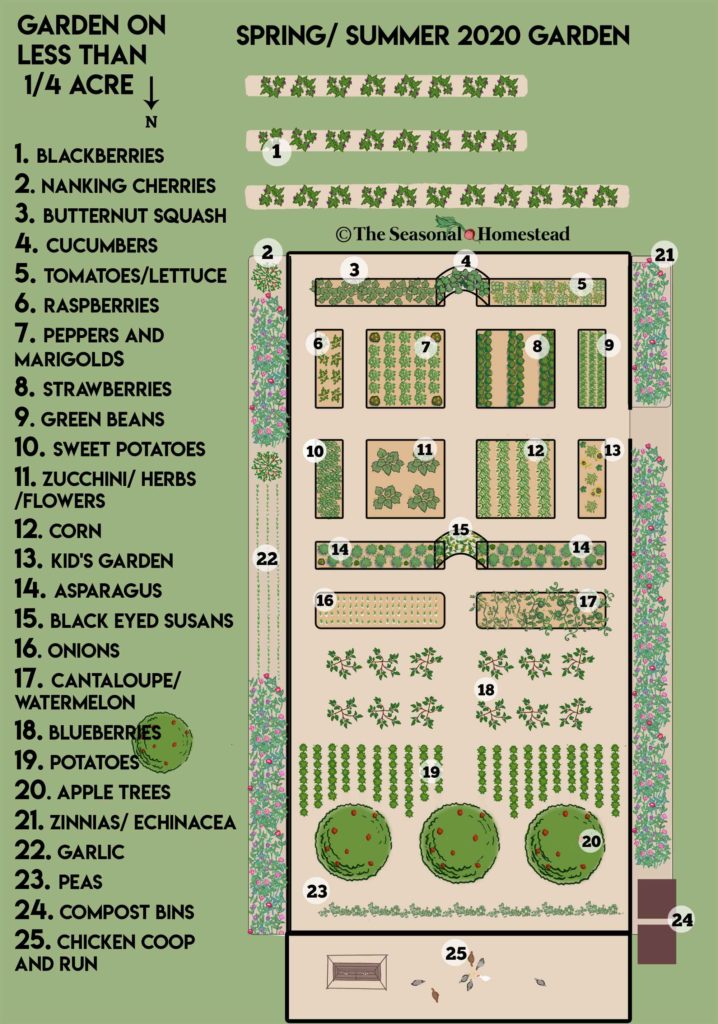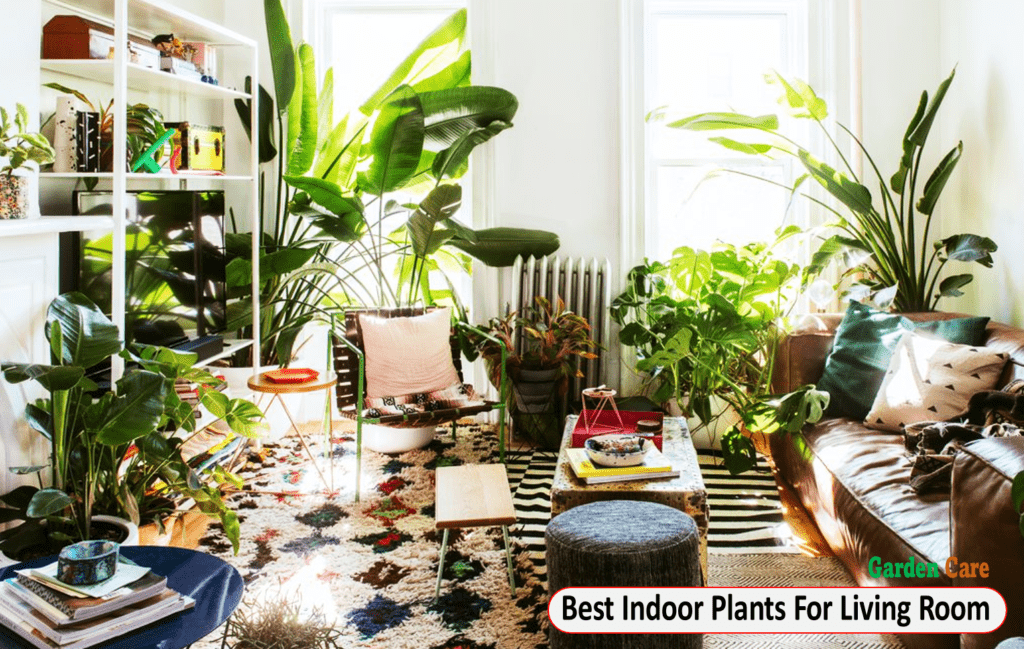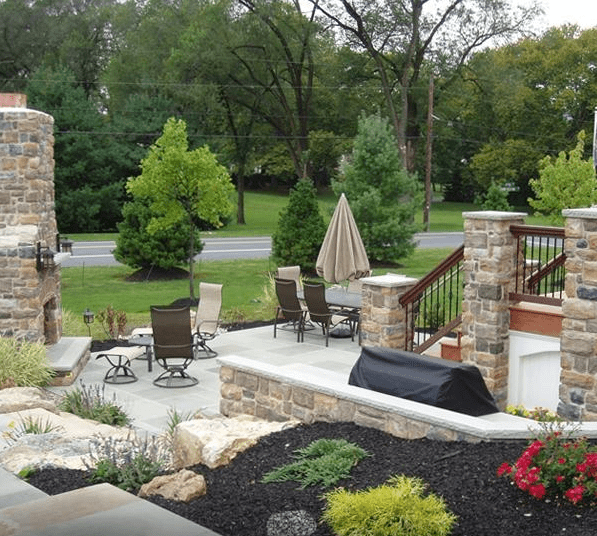20X40 Vegetable Garden Layout is an ideal plot size for a backyard or small farming area. This layout provides ample space for a variety of plants and allows for efficient organization and management of crops.
With careful planning and consideration of factors such as sunlight, soil quality, and plant spacing, you can maximize the productivity of your garden. By following a proper layout, you can create separate sections for different types of vegetables, herbs, and fruits, making it easier to maintain and harvest your crops.
The 20X40 layout also allows room for pathways and access points, ensuring easy movement and maintenance within the garden. Overall, this layout offers a well-balanced and spacious design for a successful vegetable garden.
[ez-toc]
Choosing The Right Location
When it comes to planning your 20×40 vegetable garden layout, one of the most crucial factors to consider is choosing the right location. The success of your garden depends heavily on the conditions it will be exposed to. In this section, we will discuss two key aspects to take into account: soil quality and sunlight exposure.
Soil Quality
The quality of your soil is of utmost importance when it comes to growing healthy and productive vegetables. Before you start preparing your garden bed, it’s essential to assess its soil composition. Keep in mind that different vegetables have different soil requirements.
Here are a few tips to ensure your soil quality meets the needs of your vegetable garden:
- Test your soil: Conduct a soil test to determine its pH level and nutrient content. This invaluable information will help you choose the right amendments to improve the soil’s fertility.
- Amend the soil: Based on the results of your soil test, make necessary amendments to enhance its composition. For instance, if the soil is acidic, you may need to add lime to raise the pH level, or if it’s lacking in nutrients, adding organic matter like compost or manure can enrich it.
- Drainage considerations: Ensure that the garden bed has proper drainage. No vegetable thrives in soggy soil, so amend with organic matter if the soil holds too much water or consider raised beds to improve drainage.
Sunlight Exposure
Sunlight exposure is another critical factor to consider when choosing the location for your vegetable garden. Most vegetables require at least 6-8 hours of direct sunlight per day to thrive and produce high yields. Here are a few considerations:
- Observe your garden area throughout the day to identify spots that receive maximum sunlight. This will help you determine the best location for your vegetable garden.
- Avoid areas shaded by tall trees, buildings, or any other obstructions that may hinder the amount of sunlight your garden receives.
- If you have limited sun exposure in your yard, consider growing shade-tolerant vegetables like lettuce, spinach, or herbs that can tolerate partial shade.
By ensuring that your vegetable garden’s location offers optimal soil quality and sufficient sunlight exposure, you are setting the stage for a thriving and bountiful harvest. Now that you know how important these two factors are, let’s move on to planning the layout of your 20×40 vegetable garden.

Credit: www.countryliving.com
Designing The Layout
Designing the layout for a 20X40 vegetable garden involves carefully planning the placement of different crops, taking into account factors such as sunlight, spacing, and companion planting to maximize productivity and reduce pests. By considering these elements, you can create an efficient and bountiful garden for growing your own vegetables.
Designing the layout of your vegetable garden is a crucial step in ensuring a successful and productive growing season. By carefully planning the placement of your plants and taking into consideration the size and shape of your plot, you can maximize your garden’s potential. In this section, we’ll explore two essential aspects of designing a 20×40 vegetable garden layout: plot size and shape, and plant placement.
Plot Size And Shape
The first consideration when designing your vegetable garden layout is the size and shape of your plot. A 20×40 plot size provides ample space for a variety of vegetables, allowing you to grow a diverse range of crops without feeling crowded. The rectangular shape of a 20×40 plot lends itself well to organized and efficient planting. When planning your garden, it is essential to take into account the orientation of your plot in relation to the sun. Ideally, your garden should be positioned in an area that receives full sunlight for at least six to eight hours a day. This will ensure that your plants have enough light to thrive and produce an abundant harvest.
Plant Placement
Once you have determined the size and shape of your plot, it’s time to consider plant placement. Strategic plant placement can help maximize your garden’s productivity and prevent issues such as overcrowding or shading. To start, you’ll want to divide your garden into different sections based on the types of vegetables you plan to grow. This will allow you to group plants with similar nutrient and watering needs, making maintenance easier. A table like the one below can help you visualize the different sections: | Section | Vegetables | |———|————| | 1 | Tomatoes | | 2 | Leafy Greens | | 3 | Root Vegetables | | 4 | Cucumbers and Squash| Within each section, you should consider the space requirements of each plant and provide enough room for them to grow.
For example, indeterminate tomato plants may need stakes or cages for support and should be spaced approximately 2-3 feet apart. Leafy greens, on the other hand, can be planted closer together since they typically don’t require as much space.
In addition to plant spacing, you’ll also want to consider companion planting. Some plants have natural affinities for each other and can benefit from being grown together. For instance, planting marigolds alongside tomatoes can help deter pests, while growing lettuce near carrots can provide some shade and help prevent the soil from drying out.
By carefully considering the size and shape of your plot and strategically planning plant placement, you can create a 20×40 vegetable garden layout that is both productive and visually appealing. Remember to regularly monitor and adjust your layout as needed throughout the growing season to ensure optimal results. Happy gardening!
Optimizing Space And Yield
When it comes to maximizing the productivity of your vegetable garden, optimizing space and yield is key. By carefully planning your layout and utilizing techniques such as companion planting and succession planting, you can make the most of the available space and enjoy a bountiful harvest. In this article, we will explore these strategies and how they can benefit your 20X40 vegetable garden layout.
Companion Planting
Companion planting is a practice that involves pairing plants together based on their compatible growing habits and beneficial relationships. By intentionally selecting plant combinations that work well together, you can create a harmonious environment that promotes healthy growth and pest control.
Here are some examples of beneficial companion plants that you can incorporate into your 20X40 vegetable garden layout:
| Companion Plant | Benefit |
|---|---|
| Tomatoes and Basil | Basil repels pests that commonly affect tomatoes, such as aphids and hornworms. |
| Beans and Carrots | Beans fix nitrogen in the soil, which benefits the nitrogen-loving carrots. |
| Lettuce and Radishes | Radishes help deter pests that feed on lettuce, such as leaf miners. |
By strategically planting these companion plants alongside each other in your 20X40 vegetable garden, you can create a natural defense against pests and improve overall plant health. Additionally, companion planting can help optimize space by maximizing the use of your garden beds.
Succession Planting
Succession planting is a technique that involves staggering the planting of crops to ensure a continuous harvest throughout the growing season. By planting new crops as soon as previous ones are harvested, you can make the most of the available space and extend the harvest period.
Here are some tips for implementing succession planting in your 20X40 vegetable garden layout:
- Choose crops with varying maturation times: Planting crops that mature at different rates allows you to rotate crops and continuously harvest fresh produce.
- Make a planting schedule: Create a schedule that outlines when to plant each crop to ensure a smooth transition from one harvest to the next.
- Utilize vertical space: Consider growing vining plants, such as cucumbers or beans, on trellises to maximize vertical space and allow for more planting options.
By implementing succession planting in your 20X40 vegetable garden layout, you can enjoy a steady supply of fresh produce and maximize the productivity of your garden.
Preparing The Soil
Growing a vegetable garden can be a fulfilling and rewarding experience. One of the most crucial aspects of creating a successful 20X40 vegetable garden layout is preparing the soil. By ensuring that your soil is well-prepared and enriched with the right nutrients, you can set the stage for a bountiful harvest. In this article, we will discuss the essential steps for preparing your soil for a 20X40 vegetable garden layout.
Soil Testing
Before you begin any amendments to your soil, it’s important to understand its current composition. Conducting a soil test can provide valuable insights into the pH level and nutrient content of your soil. You can use a DIY soil testing kit or send a sample to a local agricultural extension office for analysis. The results will guide you in determining the specific amendments your soil requires.
Amending The Soil
Once you have received the results of your soil test, it’s time to amend the soil based on its specific needs. Common soil amendments include organic matter, compost, and fertilizers. Incorporating organic matter, such as well-rotted compost, into the soil can improve its structure and drainage. Additionally, the addition of balanced fertilizers can replenish essential nutrients, promoting healthy plant growth.
Maintaining And Caring For The Garden
Maintaining and caring for the 20X40 vegetable garden layout involves regular watering, weeding, and monitoring for pests. Pruning, fertilizing, and rotating crops also contribute to a thriving and productive garden.
Maintaining and Caring for the Garden Now that you’ve set up your 20×40 vegetable garden layout, it’s important to understand how to maintain and care for your plants to ensure a successful harvest. Weeding and mulching, watering, and fertilizing are crucial aspects of garden upkeep that can help promote healthy growth and minimize the spread of disease and pests.
Weeding And Mulching
Weeding is essential to keep your garden free from unwanted competition for nutrients and sunlight. Regularly inspect the garden and gently pull out any weeds to prevent them from overtaking your plant beds. Mulching provides several benefits for your garden, including moisture retention, weed suppression, and soil insulation. Organic materials like straw or grass clippings make excellent mulch, creating a protective layer that supports plant growth.
Watering And Fertilizing
Proper watering is crucial for the health of your vegetable garden. Ensure adequate moisture levels for your plants by watering thoroughly, but less frequently to encourage deep root growth. Consider investing in a soaker hose or drip irrigation system to efficiently deliver water directly to the roots. Fertilizing is another important aspect of garden care, providing essential nutrients to support healthy plant growth. Choose a balanced, organic fertilizer and apply it according to the specific needs of your crops. By staying on top of weeding, mulching, watering, and fertilizing, you can maintain a thriving and productive 20×40 vegetable garden throughout the growing season.

Credit: www.theseasonalhomestead.com
Frequently Asked Questions Of 20×40 Vegetable Garden Layout
What Is The Most Efficient Vegetable Garden Layout?
The most efficient vegetable garden layout is one that maximizes space, sunlight, and accessibility. Consider square-foot gardening or raised beds to optimize space. Also, rotate crops and companion plants to maximize soil health and prevent pests.
What Is The Spacing For Vegetable Garden Layout?
The spacing for a vegetable garden layout depends on the specific plants being grown. Generally, it is recommended to space plants at least 12-24 inches apart to allow for proper air circulation and growth. However, certain plants may need more or less space, so it is important to refer to the specific plant’s planting guidelines for accurate spacing information.
What Is The Best Row Spacing For A Vegetable Garden?
The best row spacing for a vegetable garden depends on the specific vegetables being grown. Generally, rows should be spaced 18-24 inches apart to allow for proper airflow and maintenance. Consider the mature size of the plants and the types of tools you will use for cultivation.
What Is The Best Depth For A Vegetable Garden Bed?
The best depth for a vegetable garden bed is about 12 inches for most vegetables. It allows for good root development and water drainage, promoting healthy plant growth. Make sure to loosen the soil at least 12 inches deep to provide space for roots to expand.
Conclusion
A 20X40 vegetable garden layout offers ample space for growing a diverse range of vegetables. By carefully planning the placement of crops, taking into consideration sunlight, soil conditions, and companion planting, you can maximize productivity and minimize pests and diseases.
Remember to rotate crops annually to maintain soil health and optimize yields.
Happy gardening!


